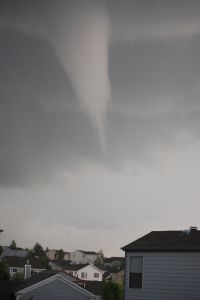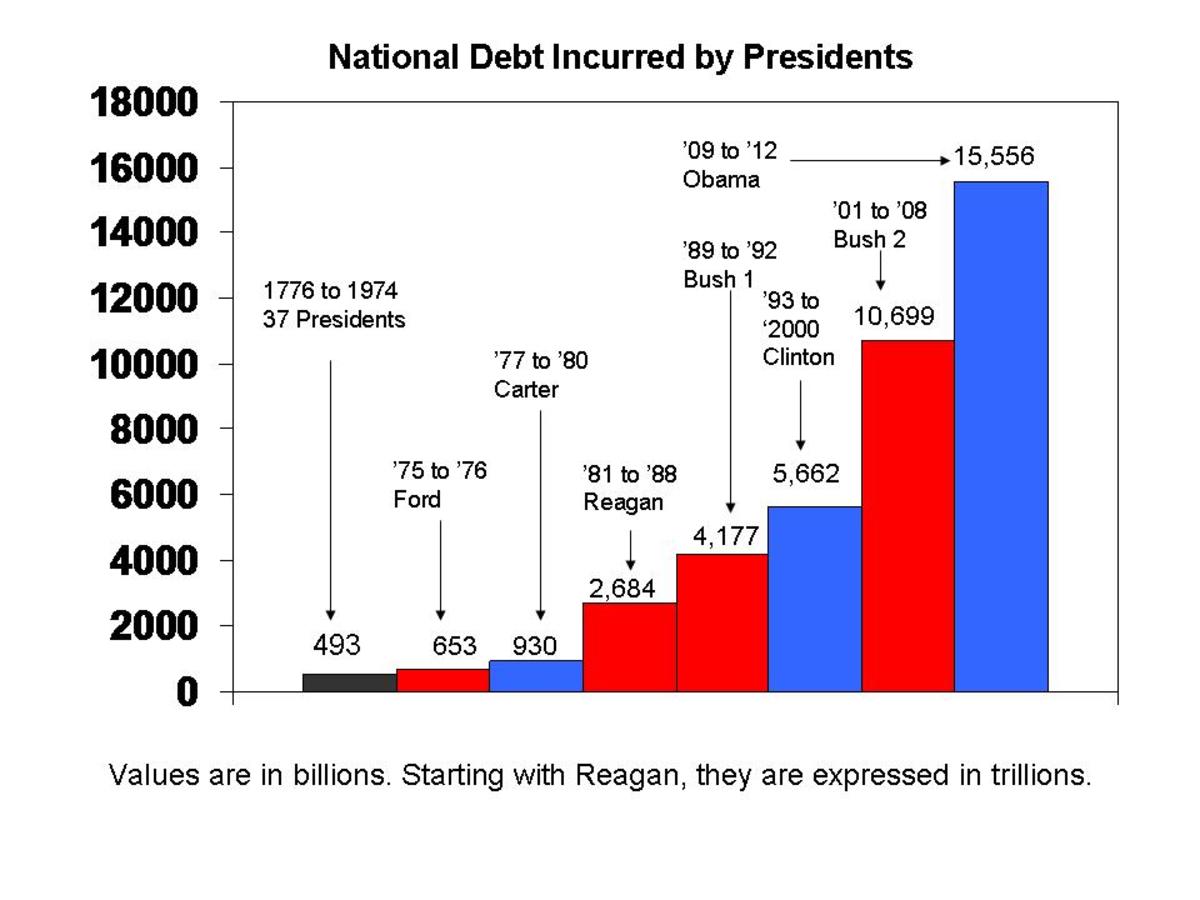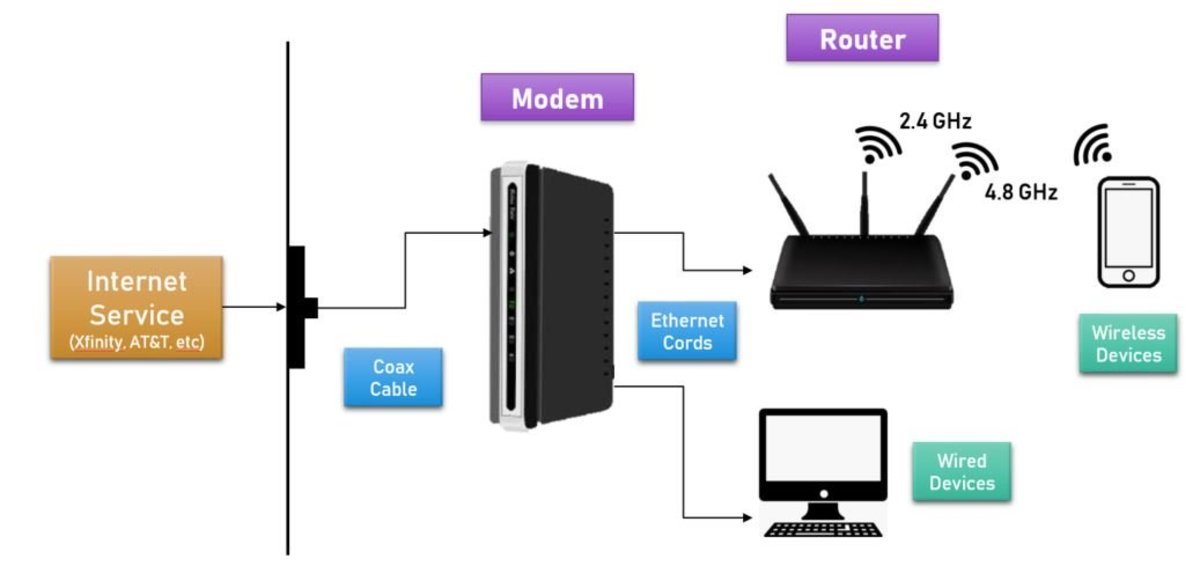What is the Difference Between a Tornado Watch and a Tornado Warning?
Tornado Watch vs Warning
Tornado Watch vs Warning: A watch indicates that weather conditions are favorable for a tornado to develop due to strong storm activity; however, a warning indicates that weather radars have picked up a high possibility of a tornado forming or one has already been spotted.
The purpose of alerts is to help prevent human fatalities and injuries from tornadoes. According to National Oceanic and Atmospheric Administration (NOAA), there have only been 124 fatalities and 1711 injuries in the United States that have resulted from tornado activity between 2000 and 2008. Alerting the public of watches and warnings save lives and prevents injuries.
The terms “Tornado Watch” and “Tornado Warning” became the choice of weather alerts when over 50 tornadoes tore through Indiana, Ohio and Michigan in 1965. The former weather alerts were known as “Tornado Forecast” and “Tornado Alert.” According to National Geographic, over 260 deaths and 3,400 injuries resulted from those tornadoes in 1965 due to the alert confusions, lack of sirens and sparse communications available due to power outages. Apparently most residents in those three states didn’t understand the difference between the two former terms; thus, tornado watch and tornado warning were implemented as alerts from then on. The term watch was chosen so people know to be on the look out for a tornado, where as a warning indicates danger; thus, lessening the confusion between the two alerts.

The major drawback to any type of severe weather alert is if people do not have access to receive a tornado watch or warning.
Outdoor sirens have been installed in many communities to thwart the problem; however, there is no standard policy for activating the sirens and sometimes people live too far away to even hear them. According to Emily Laidlaw, associate scientist for the Societal Impacts Program at the National Center for Atmospheric Research, that only 17 percent of residents in Kalamazoo, Michigan could hear the outdoor tornado siren when a tornado struck on May 13, 1980. As a result, over 70 people were injured and five people were killed. The tornado also left over a 1,000 people homeless.
Tornado Destruction - National Geographic
References
What is the Difference Between a Tornado Watch and a Tornado Warning - References used to composite this Hub:
USA Today: Tornado Alerts
National Oceanic and Atmospheric Administration: Tornado Figures
National Geographic: Palm Sunday Outbreak
Emily Laidlaw: The Controversy Over Outdoor Warning Sirens
National Oceanic and Atmospheric Administration: Tornado Basics
Cooperative Institute for Meteorological Satellite Studies: Doppler Radar








